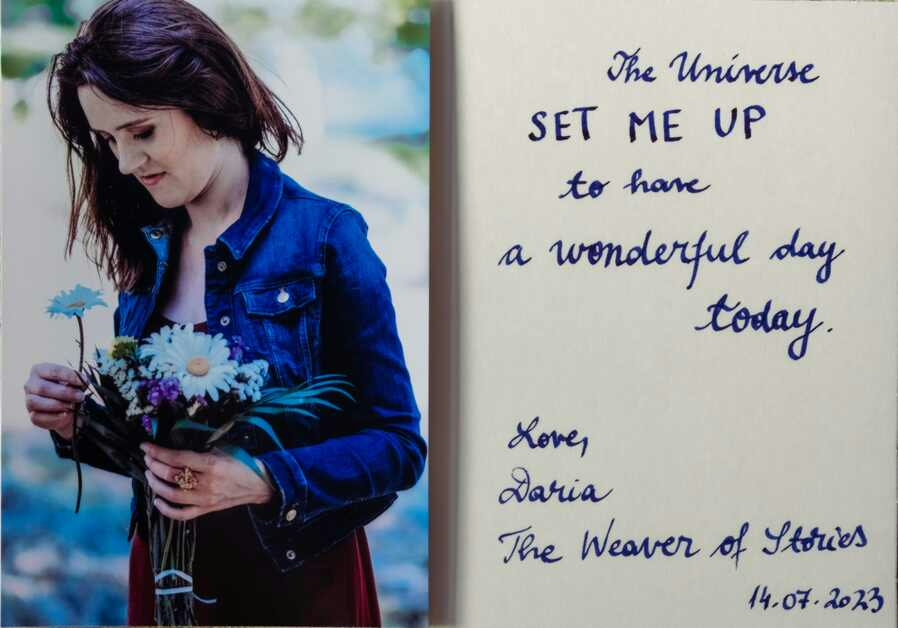Why Your Brain Needs Meaningful Movement
In a recent post, I explored the poetic truth that happiness often lives not in stillness, but in motion — in doing, becoming, participating.
But what does the science behind happiness say? Let’s look at the research that supports this idea — why action, not endless rest, is often what reconnects us to meaning, motivation, and well-being.
Even the stars are moving.
Maybe we feel most alive when we are too.
→ Read the poetic version
Today, I want to walk you through the science that supports this idea — why action, not endless rest, is often what reconnects us to meaning, motivation, and well-being.

Why “Just Rest” Doesn’t Always Help
Rest is essential.
But if you’re feeling stuck, anxious, or low, more rest isn’t always the cure.
Research shows that in certain states — especially when we’re teetering on the edge of burnout or depression — passive rest can tip into rumination, deepening emotional exhaustion rather than relieving it.
This brings us to one of the most compelling discoveries in the science behind happiness and mood regulation: Behavioral Activation Therapy.
Behavioral Activation: How Action Rewires Mood
Originally developed for depression, Behavioral Activation (BA) is based on a deceptively simple idea:
Instead of waiting to feel better before you act, you act in order to feel better.
The process looks like this:
- Identify meaningful or rewarding activities (not just chores)
- Break them into manageable steps
- Schedule and engage with them — even if you don’t feel like it yet
- Track mood and energy as you build momentum
BA has been shown to be as effective as CBT in treating depression — and often works faster because it bypasses overthinking.
The takeaway?
Mood and motion create a loop. But intentional motion can be the key that unlocks it.
Why This Works: A Brain in Motion
Emotionally and neurologically, the brain loves feedback loops.
When we’re stuck, we often create a negative loop:
“I feel bad → I do nothing → I feel worse → I believe I’m broken.”
Movement — especially toward meaningful, chosen tasks — interrupts that cycle.
In choosing motion, we shift the story our body believes.
It does more than distract — it rewires the brain:
- It activates dopamine and reward pathways
- Strengthens your sense of agency and competence
- Offers sensory and cognitive input that regulates your nervous system
- Builds new emotional associations through long-term potentiation
What Kind of Motion?
Not all activity is created equal.
The most restorative kind is purposeful motion — actions that feel connected to who you are or who you’re becoming.
This might mean:
- Creating something (writing, sketching, building)
- Learning something new
- Walking while reflecting
- Volunteering or helping
- Organizing something you care about
- Starting a tiny quest that matters to you
The key is intentionality.
Not hustle. Not pressure.
But meaning.
Story + Science = Intentional Ritual
In the Living Lore System, I explore how small, symbolic quests help us shift our emotional narratives.
When we choose to move on purpose, we remind the brain it’s not stuck in the past — it’s still participating in the world.
You don’t need to fix everything.
You just need to begin again — in motion.
→ Want the full story?
Begin here: How to Be Happy and Have a Fun Life.
It’s the heart of the Path of Joy — and where this quest truly begins.
Continue the Quest
→ Read the poetic companion: Why Happiness Isn’t Stillness
→ Explore the full Path of Joy and the cultural history of happiness


